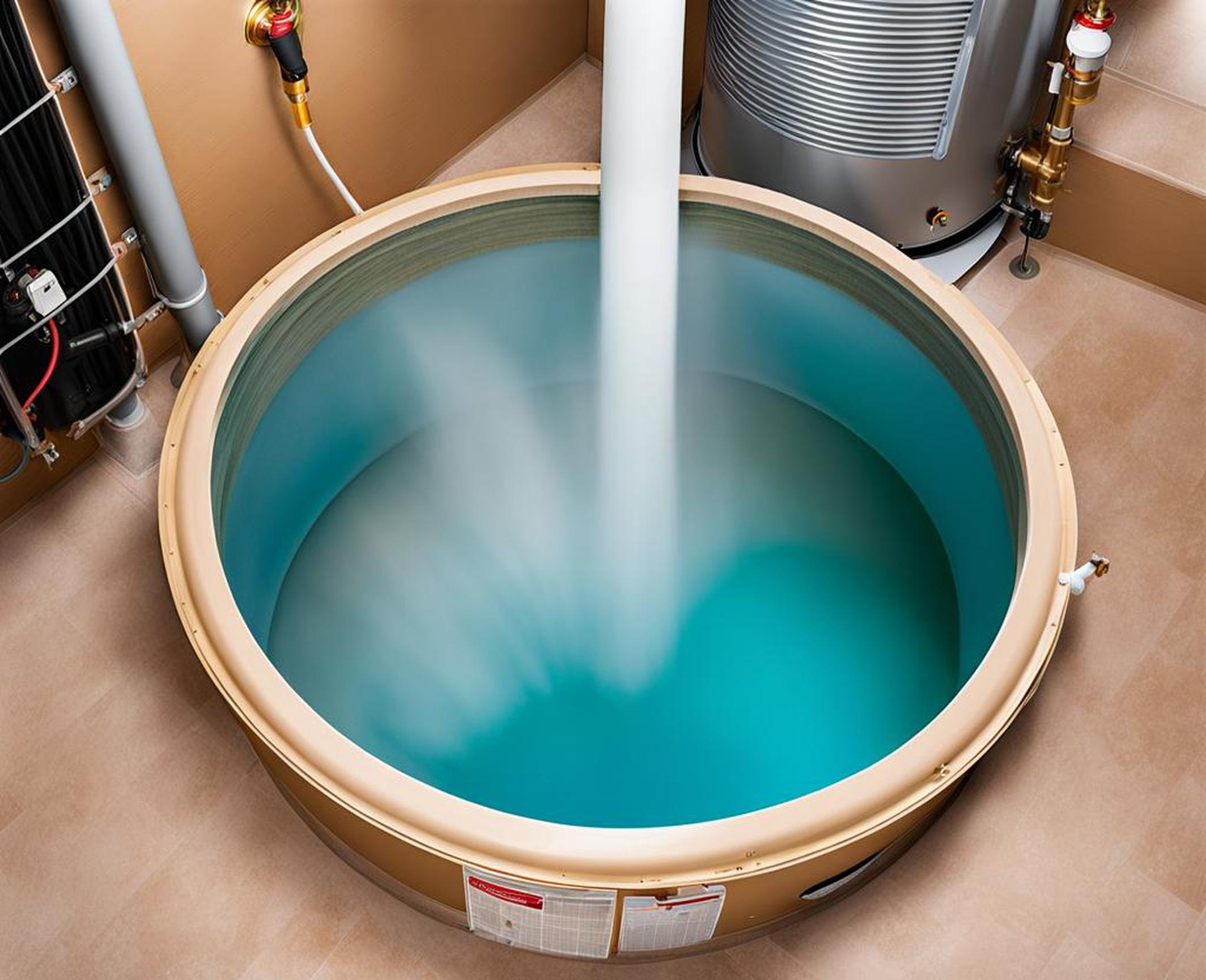Is your water heater failing to provide enough hot water for your home? Do you find yourself running out of hot water during showers or waiting longer for the tap to warm up? If so, sediment buildup may be the culprit.
Over time, mineral deposits and sediment accumulate in the bottom of water heater tanks. This buildup impedes the heater’s performance and reduces available hot water. The good news is that flushing away these deposits can restore your water heater to working order.
Signs You Have a Sediment Problem
Here are some common signs that your water heater is clogged with sediment buildup:
- Cloudy or discolored water
- Strange noises coming from the tank like popping or crackling
- Reduced capacity for hot water
- Heating elements staying on longer without reaching desired temperature
If you notice any of these issues, it’s likely time to flush out your water heater.
What is Sediment?
Sediment refers to the solid mineral deposits that can accumulate at the bottom of your hot water heater tank over time. As hot water is heated and reheated, minerals like calcium, magnesium, and limescale separate from the water and sink to the bottom.
These sediment deposits are simply solid materials that have not fully dissolved into the water. Hot water accelerates this separation process, causing the deposits to form more quickly.
Negative Effects of Sediment Buildup
Allowing sediment to build up in your water heater can cause a number of problems:
- Reduces available hot water
- Decreases heating efficiency
- Can eventually cause tank leaks or cracks
- Shortens overall lifespan of your water heater
Sediment essentially acts as an insulator between the heating elements and the water. This forces the elements to work harder to heat the water, wasting energy and wearing out components faster.

In addition, as deposits build up, they take up more and more capacity in the tank – leaving you with less hot water available for use in your home.
When to Flush Your Water Heater
To maximize efficiency and lifespan, you should flush your water heater on the following schedule:
- Every 3-6 months for preventative maintenance
- Annually for a deeper, more thorough flush
- Anytime you notice a drop in hot water capacity or other issues
For most homeowners, flushing their tank annually is sufficient. If you live in an area with hard water or notice sediment building up more quickly, you may need to flush as often as every 3 months.
How to Flush a Water Heater
Flushing a water heater is a straightforward DIY task that you can tackle in an hour or less.
Before getting started, make sure to turn off the power supply to your water heater. Many models have a breaker that can be switched off. This ensures the heating elements don’t turn on while you’re working.
Next, turn off the water supply to the tank – there is usually a shutoff valve nearby.
Step-by-Step Process
Follow these steps to flush out sediment deposits from your water heater:
- Connect one end of the hose to the drain valve at the bottom of the tank. Make sure it’s sealed tightly.
- Place the other end of the hose in a bucket or drain area.
- Open the drain valve using the adjustable wrench. This releases pressure and allows water to start flowing out.
- As the tank drains, keep an eye on the water color and clarity. Initially it may be dirty or discolored from the sediment.
- Once the water runs clear, you can close the drain valve.
- Disconnect the hose and make sure the drain valve is sealed tightly.
- Restore power and water supply to the tank.
The flushing process can take 30-45 minutes to completely drain and refill your tank. Make sure you have sufficient time set aside.
Flushing Tips
Here are some tips for getting the most out of your water heater flush:
- For stubborn sediment, use citric acid mixed with water to break up deposits.
- Always flush debris and sediment out of your tank annually.
- Consider replacing old, corroded drain valves to improve flush efficiency.
If you notice the draining water stays dirty or discolored the entire time, repeat the flushing process 1-2 more times. This ensures you fully dislodge and remove all sediment buildup.
When to Call a Professional
In most cases, flushing your water heater is a DIY project. But call in a professional plumber if you experience:
- Signs of major leaks or cracks in the tank
- An unsuccessful sediment flush – water stays dirty
- Assistance flushing a complex tankless water heater
A technician can assess your system for damage and thoroughly clean tanks that are difficult to access. They have specialized tools to handle more complex flushing jobs.
Allowing sediment and minerals to build up in your hot water heater results in inefficient performance and reduced capacity. But flushing out deposits is an easy, inexpensive way to restore your heater and get the most out of your system.
Make it a habit to flush your tank annually. If you’re still experiencing issues with sediment buildup, you may need to flush the heater more frequently or consider additional solutions like a water softener.
Don’t wait until you run out of hot water to take action. Keep your water heater performing like new by flushing away mineral deposits before they can cause bigger problems.
Sediment will naturally accumulate over time, but a clean tank ensures you get reliable, piping hot water whenever you need it. Follow these steps to flush away deposits and get the most out of your water heater.
